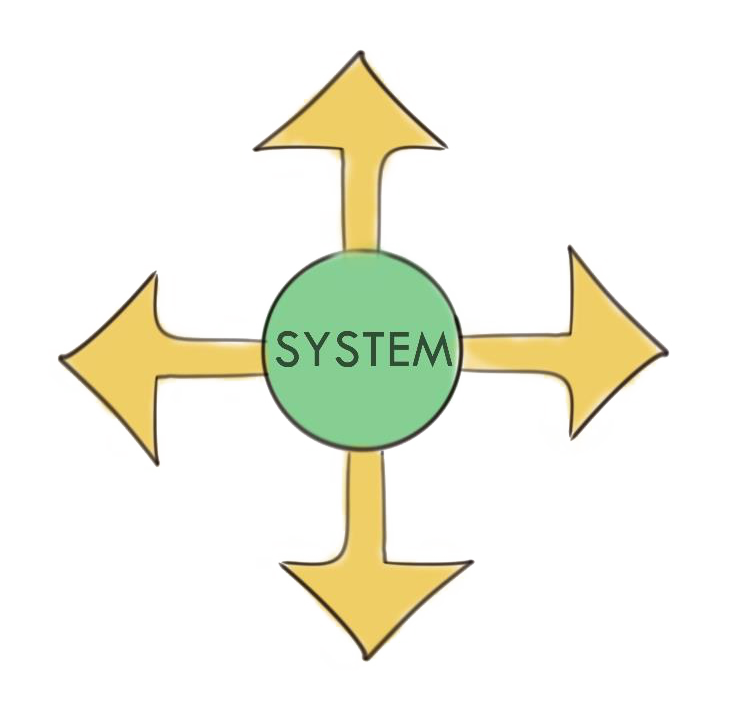3. Current situation
Examination of how the sociotechnical system associated with the given problem currently looks like and how it functions.
At a glance
Goal
Analysis of the current state of a sociotechnical system and its relevant features.
Input
Problem orientation + system boundaries
Methods
Descriptive statistics; causal-loop diagrams
Relative workload
Medium
Output
List of main system components.
Steps
How does the system under study look like in the present moment of time? The focus is on the system’s internal environment. Since the analysis is based on the system as defined by the system boundaries identified in the previous module, the current situation analysis goes beyond considering the specific sector and takes the broader system into account.
1. Define the need for information about the system.
2. Identification of the current system’s key problems, weaknesses and strengths.
Data collection
Since the focus of this module is to gather and analyse the current system, various types of literature could provide relevant insights. The aim of the data collection is to identify main system components, i.e. actors, technologies and institutions.
For more information about data collection, see participation and context.
Participatory elements
Considering that the aim of this module is to understand the current situation of the sociotechnical system under study, the scope for stakeholder involvement is broad, ranging from on-site observations to interviews and questionnaires or surveys. To get a richer understanding of the current situation, it is highly recommended to include different stakeholders.
For more information about participatory elements, see participation and context.
Examples
- It may be possible to integrate results achieved within other projects. In the case with comfortable and environmentally friendly heating and cooling in Nis (Serbia), a recently developed Sustainable Energy Action Plan provided the basis for the current situation analysis.
- There can be a strong seasonal variation, such as the need for heating in the temperate climate zone.
